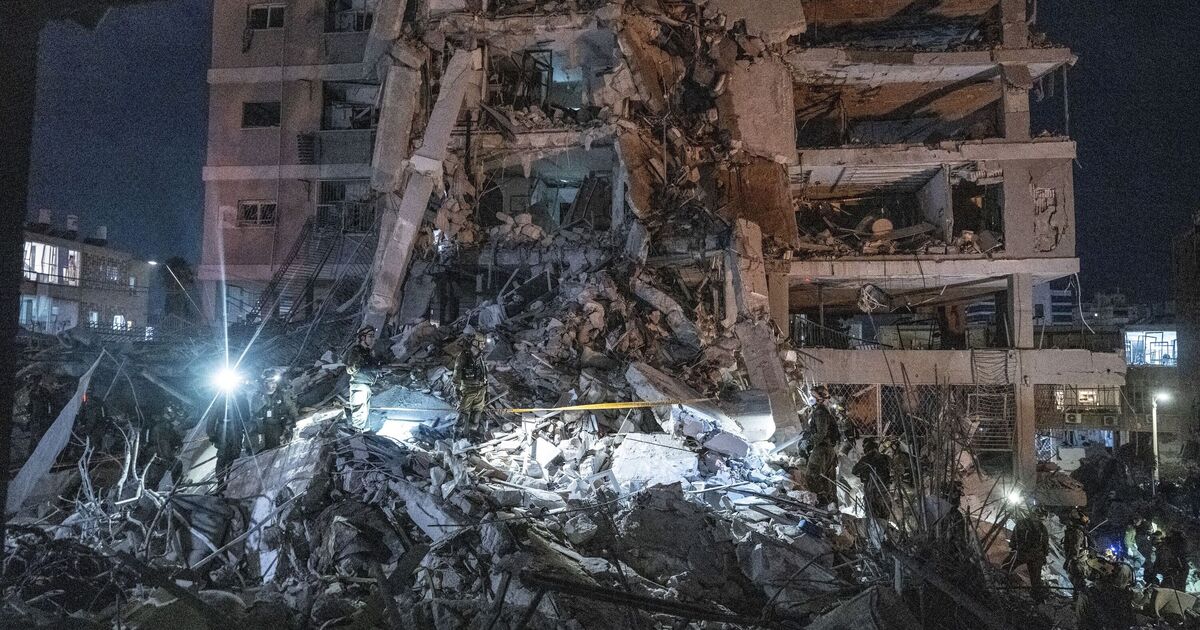China and Russia have surged past the US in the development of hypersonic missiles that Putin boasts can turn its targets “to dust.”
The two global powers have made huge advancements in hypersonic technology with China now leading the field with Russia close behind. The US, is still playing catch up.
Boasting about his own country’s production of the terrifying weapon earlier this month, Russian despot Vladimir Putin said the missiles had the ability to turn targets “to dust.”
Hypsersonic weapons are ones that can travel at or faster than five times the speed of sound, known as Mach 5, an eye watering 3,858mph. These missiles are so terrifying because they travel too fast for many missile defense systems to react.
With Western powers like the US and UK having spent years fighting anti-insurgency wars, they’ve lagged behind in an arms race not seen since the Cold War.
William Freer, a national security fellow at the Council on Geostrategy told the BBC: “This is just one component of the wider picture of the emerging geopolitical contest that we’re seeing between state actors.
“[It’s something] we haven’t had since the Cold War.”
Until the last ten years, the prospect of Western powers fighting a peer to peer war with comparable military technology was distant. But now with a beligerent Russia and China’s meteoric rise, it’s back on the cards.
Putin has boasted that his new weapon has multiple warheads that plunge to a target at speeds up to Mach 10 are immune to being intercepted. He also said that they are so powerful that the use of several of them in one conventional strike could be as devastating as a nuclear attack.
Late last year, Russian forces used one of the new hypersonic missiles to hit a Ukrainian military-industrial facility in the central city of Dnipro. It was a deadly message to NATO.
Following the attack Putin made a rare and surprise appearance on Russian television to clear up the mystery.
He described it as a new, intermediate-range ballistic missile that raced to its target at 10 times the speed of sound.
“Modern air defense systems that exist in the world and anti-missile defenses created by the Americans in Europe can’t intercept such missiles,” Putin declared in an icy and menacing tone. The attack marked the first time that such a missile was used in the war or in any conflict.
Putin said the missile was called “Oreshnik,” which in Russian means “hazelnut tree,” and that this first combat test of it “has gone successfully.”
He said in July 2024 that Russia would start producing intermediate-range missiles to “mirror” U.S. plans to deploy such weapons. In his speech Thursday, he said Russia developed Oreshnik in response to the U.S. development and deployment of missiles with a similar range.
On Thursday this week Putin reiterated plans to deploy them to ally Belarus later this year.
Sitting alongside Belarus President Alexander Lukashenko on Valaam Island near St. Petersburg, Putin said the military already has selected deployment sites in Belarus for the missiles.
The fastest missile is supposedly the Russian made Avangard, which is claimed to reach speeds of Mach 27, or 20,700mph. An object moving at this speed could travel round the world two and a half times in the space of an hour.

